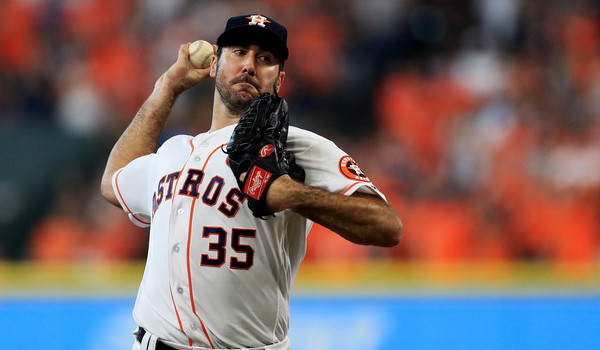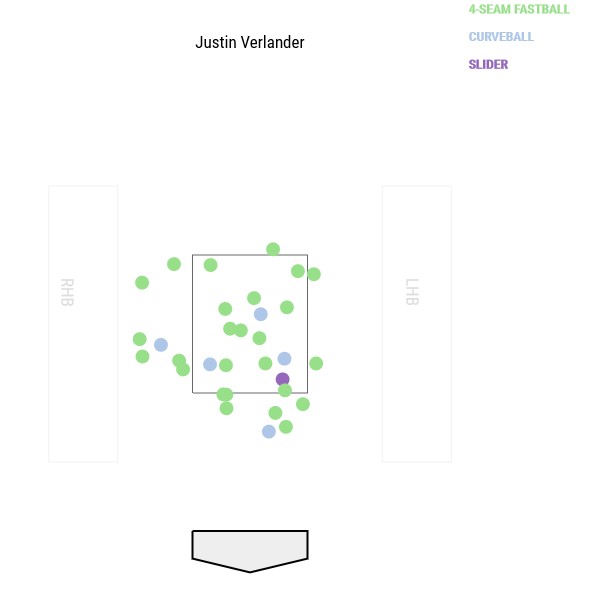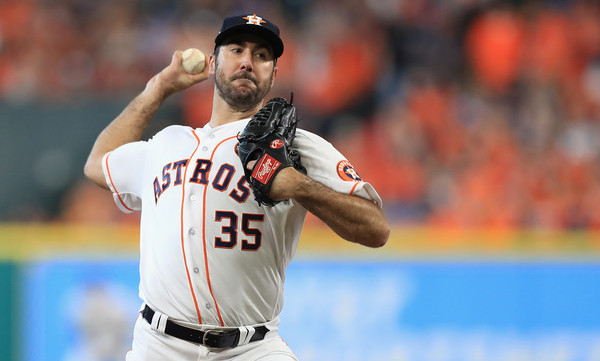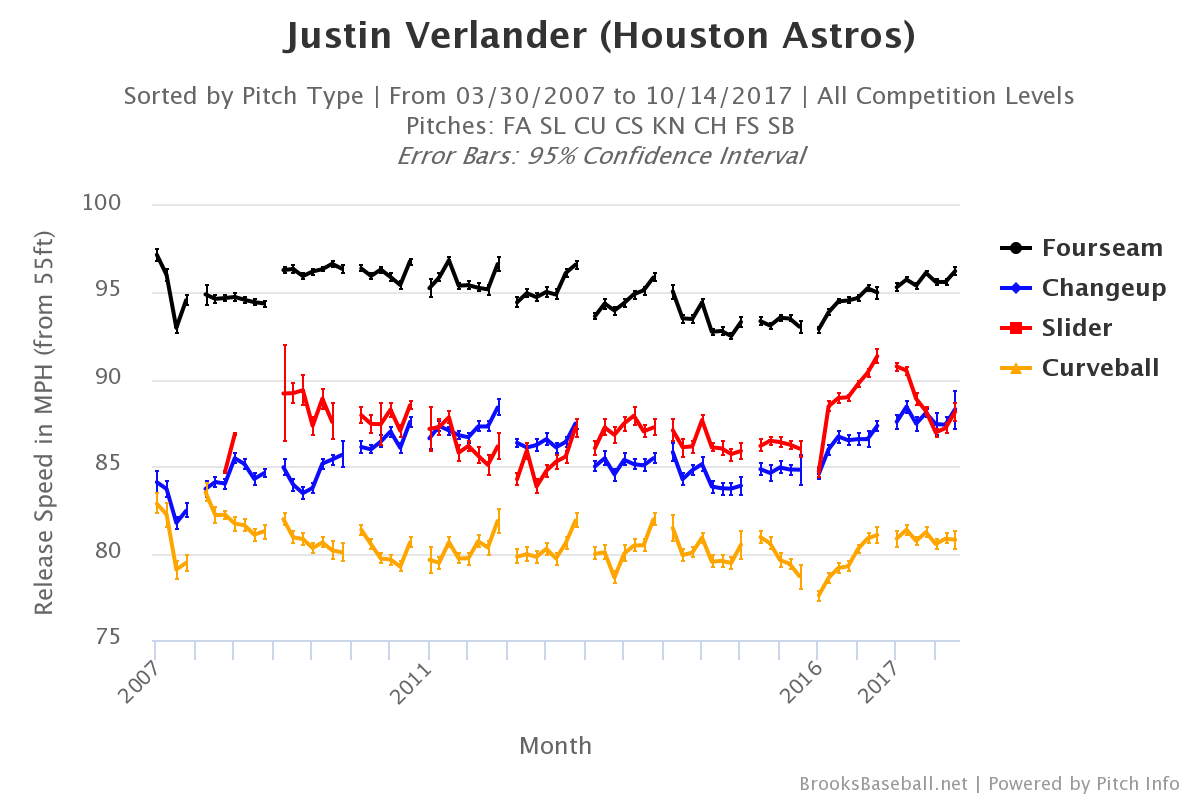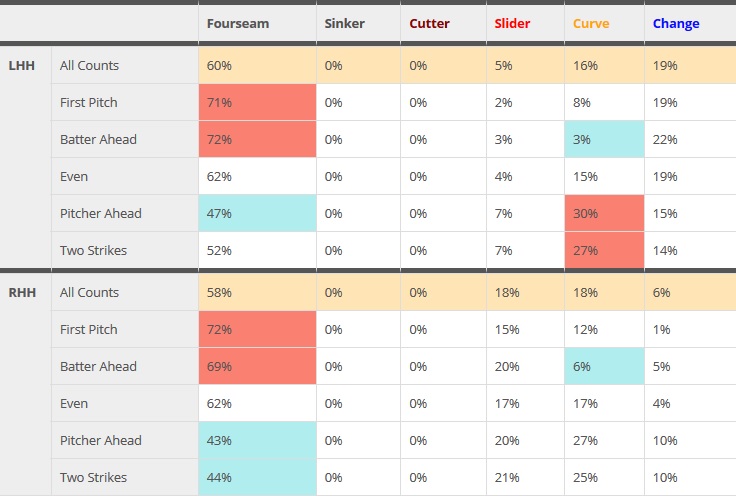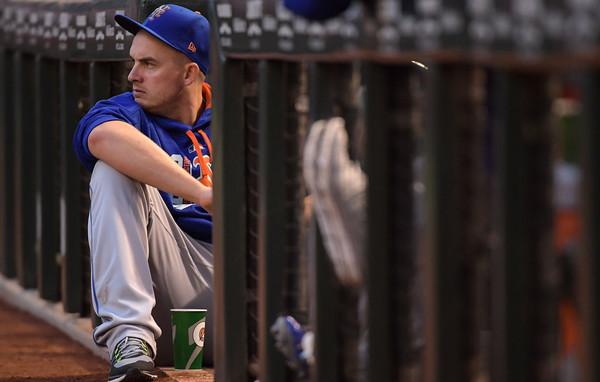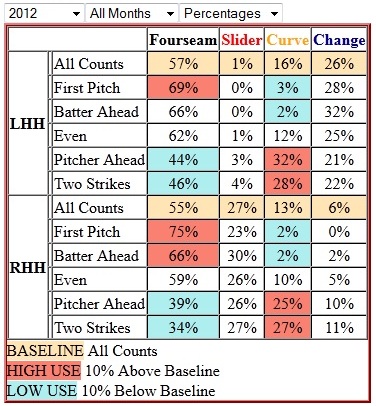
Two years ago, the Astros visited the Bronx for an exciting four-game, regular-season series which led to my guess that Yankees-Astros was the next great MLB rivalry (outside of Yankees-Red Sox, of course).
Since that article, the two teams have played a seven-game ALCS and two hard-fought, regular-season series going into this week. They’ve been must-watch games in the sense that any game between two of the best teams in the league are must-watch.
But has this become a rivalry in a real sense?
There are a few criteria which are hallmarks for a rivalry: Close postseason matchups, marquee players that are villainized on the other side, proximity or enough in-season matchups, sustained success for both franchises concurrently and, finally, the intangible hatred born out of nothing in particular.
The Yankees and Astros have the first criteria down pat thus far. The two teams were pitted against one another in the postseason twice, once in the winner-take-all 2015 Wild Card Game and a second time in the 2017 ALCS, both going the Astros’ way. In 2017, Games 2 and 4 were classics and Game 7 was close into the middle innings.
With a weak American League field, the chance of another New York-Houston showdown is high. Say what you want about the Mariners’ 10-2 start, but the Astros are an overwhelming favorite to win their division for at least the next two seasons. The Yankees have to contend with the Red Sox and Rays in the East, but they’re still highly likely to make the postseason, which either pits them directly against Houston or forces each team to win a series to meet in the ALCS. Not guaranteed, but easy to imagine.
Marquee players, each team has more than enough. Aaron Judge may be the face of baseball while Jose Altuve and Justin Verlander are veritable stars themselves. Alex Bregman, Carlos Correa and Gerrit Cole are also top-tier talents. Giancarlo Stanton had the largest contract in baseball until a month ago while Gleyber Torres and Gary Sanchez are on the cusp of becoming household names.
When I wrote this the first time, I thought Dallas Keuchel could play the villain for New York. He’d dominated the Yankees time and time again, including in the Wild Card Game, and he provided a nemesis, albeit without the charisma of Pedro Martinez.
With Keuchel a free agent and unlikely to come back to Houston, there are two candidates coming to mind: Bregman and Verlander. Bregman has the confidence of a superstar and isn’t afraid to let anyone know. He hadn’t quite hit the spotlight in 2017, but he owns it now, likely surpassing Correa. When it comes to the Yankees, it’s not hard to imagine him failing to hold his tongue when saying he thinks Houston is better.
Verlander goes without saying. He was the 2017 ALCS MVP and his first taste of the postseason was helping to eliminate the Yankees in 2006. The future Hall of Famer is now locked into Houston through 2021 and though he’ll be 38 that season, he still possesses top-of-the-rotation talent. He holds a certain amount of real estate in Yankee fans’ heads.
The regular season matchups between the two clubs have been consistently close and entertaining in recent seasons. The teams, however, are limited to a maximum of seven regular-season contests, as opposed to the 19 times of a division opponent. That’s a dozen fewer times to create familiarity and contempt, to find two teams pointing fingers and throwing hands in a brawl gone viral.
As for that intangible, there was the Judge-Altuve MVP battle of 2017 that caused some consternation on each side. The photo of them, adorning this article up top, from the 2017 season is a lasting image superimposing the extremes of baseball stardom, though it hasn’t translated into a linkage of the two teams.
Still, the Yankees and Astros remain on a collision course for the next few years. Predicting beyond the next five is a pointless exercise, so you can even say for the foreseeable future. Each team knows the other stands in the way of their World Series goals, thus heightening their matchups.
Is all of that good enough for a rivalry? Right now, no, just a handful of entertaining games a season. Houston may be the Yankees’ second or third-biggest rival for a title, but fans aren’t adding curse words to the opposition’s middle names. There just hasn’t been that intangible. As a Yankee fan, you know in your bones you hate the Red Sox and can even churn up some feelings for the Orioles, Blue Jays or Rays during a period of sustained success.
But that visceral feelings don’t extend to the Astros. Not yet at least. Until the teams have created some true dislike or have played another long playoff series, they’re not rivals, just strong competitors. Yankees-Red Sox will have to do for now.

